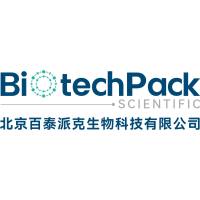Lentiviral Transduction Protocol for Human Embryonic Stem Cells
互联网
实验试剂
实验设备
1. 24-well culture dishes (Product No. CLS3526)
2. Matrigel™ basement membrane
实验材料
MISSION® shRNA lentiviral particles
实验步骤
Prior to transduction — establish the Puromycin Kill Curve
| Transduction Procedure | ||
| 2. DAY 1 (late afternoon ) | ||
|
Incubate for 18–20 hr at 37 °C, with 5% CO2 and 95% humidity. |
| 3. DAY 2 (mid-day ) | ||
|
Remove medium, and replace with 500 µl of pre-warmed media supplemented with 6 µg/ml of polybrene. |
||
|
Incubate for 18–20 hrs at 37 °C, with 5% CO2 and 95% humidity. |
|
Remove medium daily and replace with 500 ml pre-warmed media without polybrene. |









